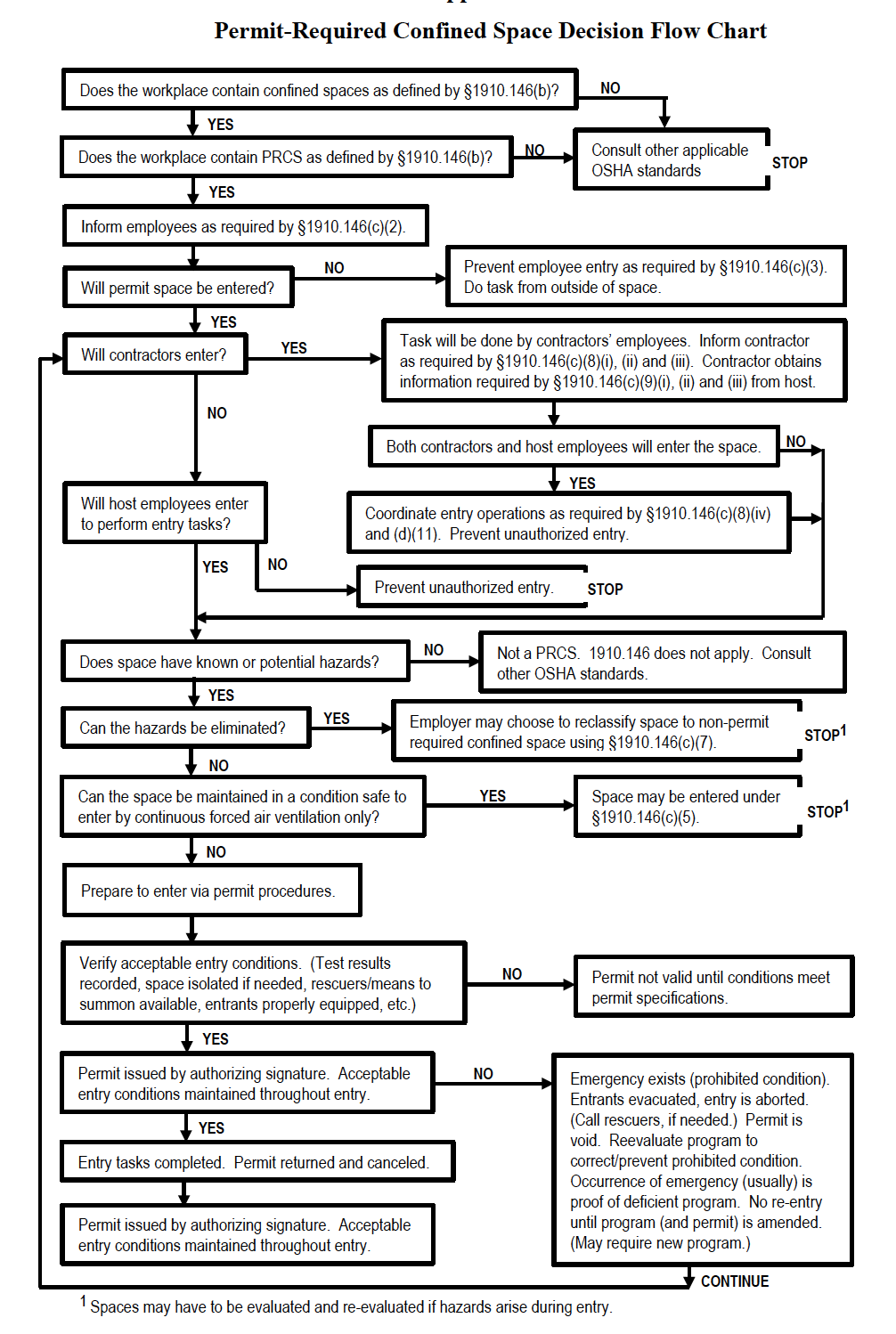Over the past several years, I have attempted to convince the SAFTENG members that an Evaporative Condenser in an Ammonia refrigeration process is indeed a Permit-Required Confined Space. Earlier this year, the IIAR published one of my articles on this topic, hoping to educate the industry about this life safety topic. I think we have converted a fair number of refrigeration personnel into realizing their condensers are, in fact, PRCS. But the one argument I always get is about the ammonia in the coils, which I have written about several times.
I have been searching for an incident involving a tube failure leading to a release of NH3. I sent a request to all SAFTENG members who I know have ammonia condensers a few months ago, and I finally got a dramatic video showing a coil/tube failure. The release totaled ~900 pounds of NH3. For anyone wondering what the inside of a condenser would be like should a coil fail during entry, this video should give you some idea.
NOTE: in the spirit of fairness, this condenser had been removed from service and the liquid was trapped causing a hydraulic expansion failure. No one was inside the condenser at the time of the failure, but this video should be evidence that HUMAN ERROR can lead to a hazardous atmosphere within the PRCS. The video sound has been removed and is only 6 seconds long in order to protect the parties involved.
In order to remove the POTENTIAL for a HAZ ATM, the ammonia needs to be removed during the entry if we wish to reclassify the space to a NON-PRCS; without the removal of the ammonia from within the space, the entry should be done as a Permitted-Entry (d)-(k) and some may even consider this a Potential IDLH entry.

